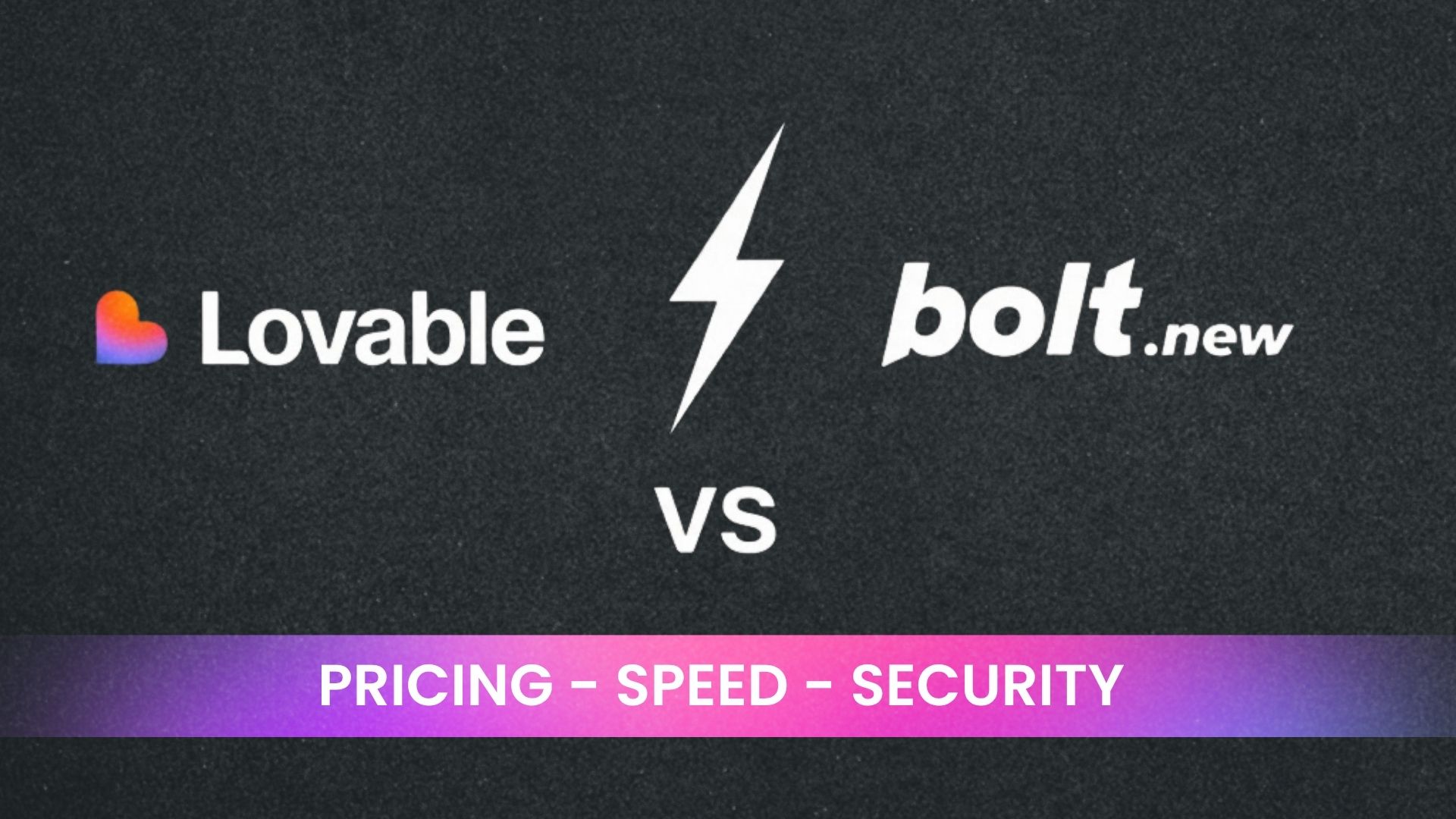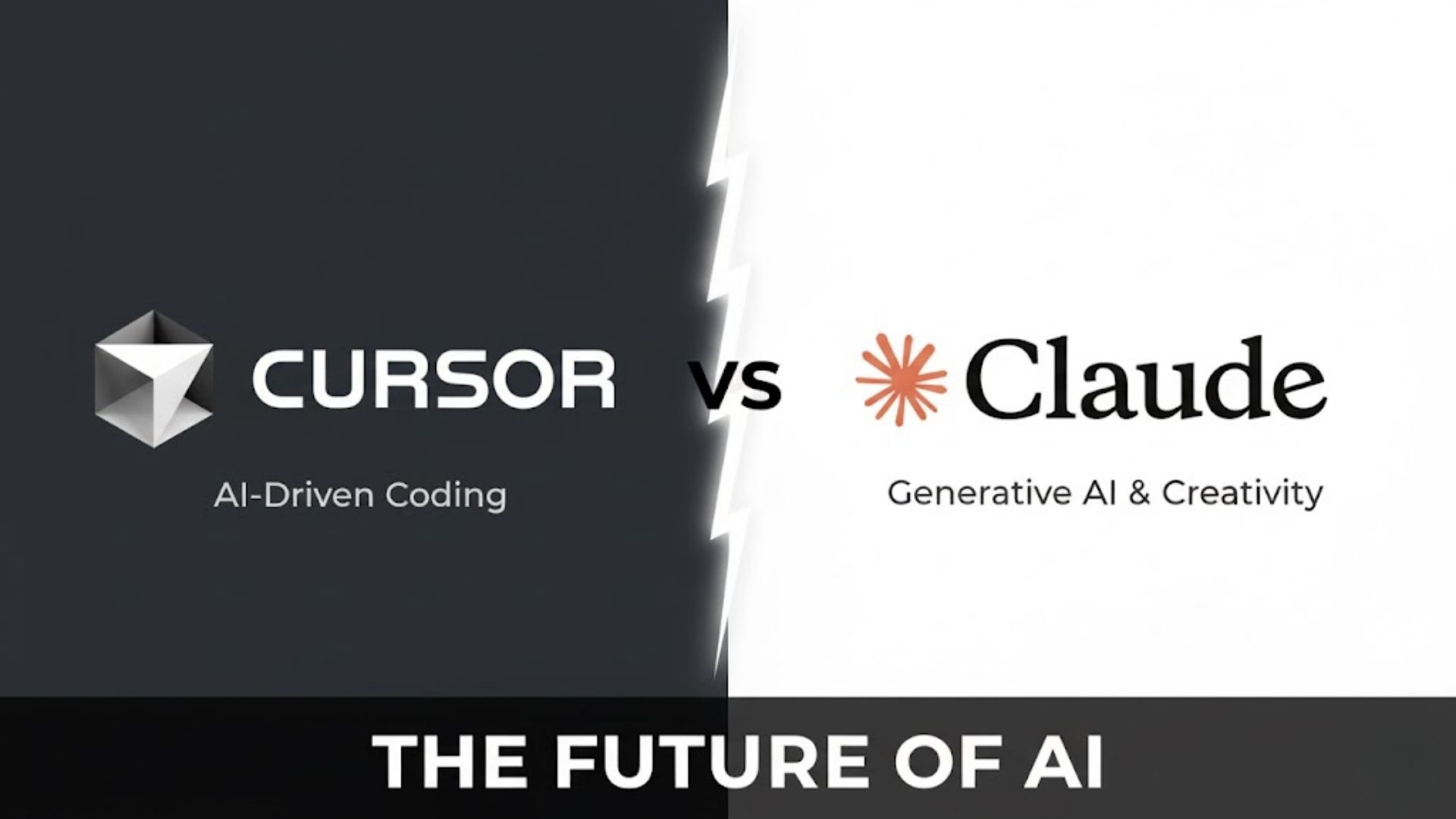
Understanding the Fundamentals of AI App Development
Defining Your AI App’s Purpose and Functionality
Before diving into code, crystallize your app’s core purpose. What problem will it solve? For example, an AI-powered image recognition app might help visually impaired users identify objects, while a chatbot could streamline customer service. Clearly define the problem your app addresses; this crucial first step guides all subsequent development choices. Consider real-world examples like Google Lens (image recognition) or the chatbots used by many banks for automated inquiries. Specificity is key. Don’t aim for something too broad; instead, focus on a niche problem to ensure a successful Minimum Viable Product (MVP).
Next, meticulously outline your app’s functionality. What specific tasks will it perform? What data will it process? Will it use image recognition, natural language processing, or another AI technique? Consider the user experience. How will users interact with your AI? A well-defined functionality roadmap, complete with user flows and potential challenges, is vital. “Failing to plan is planning to fail,” as the saying goes, and this is particularly true for AI app development, where unexpected technical hurdles are common. A detailed plan minimizes these risks and allows for a more streamlined development process.
Launch Your App Today
Ready to launch? Skip the tech stress. Describe, Build, Launch in three simple steps.
BuildChoosing the Right AI Models and Algorithms
Selecting the appropriate AI model is crucial for your app’s success. The best choice depends heavily on your app’s specific goals. For image recognition, convolutional neural networks (CNNs) like ResNet or EfficientNet are popular and effective choices. Natural language processing (NLP) tasks, such as sentiment analysis or chatbot development, often utilize transformer models like BERT or GPT, depending on the complexity required. “Consider factors like data size, accuracy requirements, and computational resources when making your selection.” Remember to carefully evaluate different models using appropriate metrics before finalizing your choice.
Beyond the model itself, algorithm selection is equally important. The algorithm dictates how the model learns and makes predictions. For example, supervised learning algorithms are suitable when you have labeled data, while unsupervised learning is used for tasks like clustering unlabeled data. Reinforcement learning is a powerful technique for training AI agents to interact with an environment. “Thoroughly researching and understanding various algorithms is essential to build an effective AI application,” and don’t forget to consider the tradeoffs between accuracy, speed and complexity when making your selection. Proper algorithm selection, combined with careful model choice, is key to creating a high-performing AI app.
Selecting Your Development Environment and Tools
Choosing the right tools is crucial for efficient AI app development. Consider your project’s scope and your familiarity with different programming languages. Python, with its extensive libraries like TensorFlow and PyTorch, remains a popular choice for machine learning tasks. For mobile app development incorporating AI, you might leverage platforms like Flutter or React Native, offering cross-platform compatibility. Selecting a cloud platform, such as Google Cloud, AWS, or Azure, is also vital for accessing powerful computing resources needed for training complex AI models. Remember to factor in the cost implications of your chosen cloud provider.
Your development environment needs to support your selected tools. Popular integrated development environments (IDEs) like PyCharm or VS Code offer excellent support for Python and other relevant languages. These IDEs provide features like debugging tools, code completion, and version control integration, significantly streamlining the development process. “Ensuring your environment has sufficient RAM and processing power is paramount, especially when dealing with large datasets and complex models.” Failing to account for these technical aspects can lead to frustrating slowdowns and errors. Thorough planning here saves time and headaches later in the development cycle.
Gathering the Necessary Tools and Technologies
Choosing the Right Programming Languages (Python, JavaScript, etc.)
The choice of programming language significantly impacts your AI app development journey. Python, with its extensive libraries like TensorFlow and PyTorch, is a popular choice for machine learning tasks. Its readability and ease of use make it ideal for beginners and experienced developers alike. Many successful AI applications, from image recognition to natural language processing, leverage Python’s strengths. Consider its vast community support and readily available resources when making your decision.
Alternatively, JavaScript, particularly with frameworks like TensorFlow.js, allows for the development of client-side AI applications, enabling real-time interactions within web browsers. This is particularly useful for applications requiring immediate user feedback, such as interactive games or personalized recommendations. “Choosing the right language depends heavily on your project’s specific needs and your own programming expertise.” Carefully weigh the pros and cons of each language before committing, considering factors such as performance requirements and existing skillsets within your development team.
Exploring Cloud Platforms (AWS, Google Cloud, Azure)
Choosing the right cloud platform is crucial for your AI app’s scalability and performance. Amazon Web Services (AWS), Google Cloud Platform (GCP), and Microsoft Azure each offer a comprehensive suite of AI-powered services, including machine learning APIs, pre-trained models, and powerful computing resources. Consider factors like cost, familiarity with specific services, and the specific AI tasks your app requires. For example, if you’re heavily reliant on natural language processing, GCP’s robust offerings in this area might be advantageous. AWS, however, boasts a massive ecosystem and extensive documentation, making it a popular choice for many developers.
“Selecting a cloud provider is a significant decision, impacting your project’s budget and success.” Each platform offers free tiers to experiment, allowing you to test their services before committing significant resources. Carefully evaluate your needs – from storage and compute power to specific AI tools and frameworks – to determine the best fit for your project. Remember to factor in the learning curve; familiarity with a platform’s tools and documentation will significantly reduce development time and frustration. Research specific services like AWS SageMaker, Google AI Platform, or Azure Machine Learning to understand their capabilities and best practices.
Utilizing AI Development Frameworks and Libraries (TensorFlow, PyTorch, etc.)
Choosing the right AI development framework is crucial. Popular options include TensorFlow and PyTorch, each with strengths and weaknesses. TensorFlow, known for its production-ready tools and extensive community support, excels in deploying models to various platforms. For example, Google uses TensorFlow extensively in its products. PyTorch, on the other hand, boasts a more intuitive and Pythonic design, making it popular for research and rapid prototyping. Consider your project’s needs and your own familiarity with Python when making your selection. Many successful AI applications leverage these frameworks.
Once you’ve selected your framework, you’ll need to install it and familiarize yourself with its APIs. This involves setting up your development environment, which might include installing necessary dependencies and configuring your hardware (a powerful GPU is highly recommended for faster training). Remember to consult the official documentation for your chosen framework; it’s invaluable. “Effective use of these tools is fundamental to building a robust and efficient AI application.” Many online tutorials and courses are available to help you master these frameworks, accelerating your learning curve and enabling you to build sophisticated AI features into your app.
Designing and Developing Your AI App
Creating a User-Friendly Interface and User Experience
A user-friendly interface is crucial for your AI app’s success. Think about intuitive navigation. Users shouldn’t struggle to find features. Consider apps like Duolingo or Headspace. Their simple designs prioritize ease of use. These apps successfully guide users through complex processes. Clean visuals and clear instructions are key. Avoid cluttered screens and confusing terminology. Remember, a frustrating experience will drive users away.
Prioritize a seamless user experience (UX). This involves considering the entire user journey. From initial app download to achieving their goal, the process should flow smoothly. Conduct thorough user testing early and often. Gather feedback to identify pain points. “Iterative design is vital, allowing you to refine the app based on real user interactions.” Tools like user testing platforms, such as UserTesting.com, can prove invaluable. Focus on accessibility too; ensure your app caters to users of all abilities.
Developing the Core AI Logic and Algorithms
This crucial stage involves translating your app’s concept into functional code. You’ll need to select the appropriate machine learning model for your task. For example, an image recognition app might use a convolutional neural network (CNN), while a natural language processing (NLP) application could benefit from a recurrent neural network (RNN) or transformer model like BERT. Remember to consider the size and complexity of your dataset when choosing. Carefully consider pre-trained models; leveraging these can significantly reduce development time and improve accuracy. “Proper data preprocessing is also paramount, ensuring your data is clean, consistent, and formatted correctly for your chosen model.”
After selecting and training your model, integrate it into your app’s architecture. This involves careful consideration of data flow. Your app needs to efficiently capture user input, process it through the AI model, and display the results. Consider using established libraries and frameworks like TensorFlow Lite or PyTorch Mobile for optimized performance on mobile devices. Regular testing and iterative refinements are critical. “Continuous evaluation and adjustments are vital to build a robust and reliable AI application.” Monitoring performance metrics, like accuracy and latency, will guide your optimization process.
Integrating APIs and Third-Party Services
Seamlessly integrating pre-built functionalities is key to efficient AI app development. Leveraging APIs from providers like Google Cloud, Amazon Web Services (AWS), or Microsoft Azure grants access to powerful tools without extensive coding. For example, integrating Google Cloud’s Vision API allows you to add image recognition capabilities to your app quickly. This significantly reduces development time and costs. Remember to carefully consider the API’s limitations and pricing structure before integrating. Choosing the right API is crucial for both functionality and budget.
Beyond core AI functionalities, third-party services often enhance the user experience. Consider integrating payment gateways like Stripe for in-app purchases or map services like Google Maps for location-based features. These additions are often relatively simple to implement but can greatly increase user engagement. “Always prioritize services with robust documentation and reliable support.” This proactive approach ensures a smoother development process and minimizes potential integration headaches down the line. Thorough testing after integration is paramount to ensure everything works seamlessly within your AI application.
Testing and Refining Your AI App
Implementing Thorough Testing Procedures
Thorough testing is crucial for any AI application, especially when dealing with machine learning models. Start with unit testing, focusing on individual components of your app to isolate and fix bugs early. This minimizes the risk of cascading errors later in the development process. Consider using established testing frameworks like pytest or unittest, depending on your programming language. Remember to test edge cases and boundary conditions – these often reveal unforeseen issues. For example, if your app processes images, test it with blurry images, images of unexpected sizes, or images with unusual color palettes. This proactive approach prevents unpleasant surprises down the line.
Next, move to integration testing to see how different parts of your app interact. This stage is where you’ll discover issues stemming from the interplay between your AI model and other app features. Then, conduct extensive user acceptance testing (UAT), ideally with a diverse group of users. This helps you identify usability problems and ensure your AI app meets real-world needs. “Gathering feedback from real users is invaluable; it helps you refine your app’s functionality and user experience based on practical application.” Analyze test results meticulously, iteratively improving your AI application based on the feedback gathered during each testing phase. This iterative approach ensures a robust, user-friendly final product.
Gathering User Feedback and Iterating on Designs
Effective user feedback is crucial for refining your AI application. Employ a variety of methods, such as A/B testing different interfaces or conducting user interviews, to gather insightful data. Consider using platforms like UserTesting.com or TryMyUI.com for structured feedback sessions. Remember, “even small changes can significantly impact user experience and overall app performance.” Analyze the collected data to identify areas needing improvement, focusing on user flow, AI accuracy, and overall satisfaction.
Iterative design is key. Prioritize the most impactful feedback first, addressing major usability issues before tackling minor ones. Implement changes in short cycles, releasing updates frequently for continuous improvement. Use analytics tools like Google Analytics to track key metrics, such as user engagement and task completion rates. This data-driven approach ensures your AI app continually evolves to meet user needs. “Continuous iteration based on user feedback is not just beneficial; it’s essential for building a successful AI application.” Remember, building a great AI app is a journey, not a destination.
Ensuring Scalability and Performance
Scalability is crucial for any successful AI application. As your user base grows, your app must handle the increased load without performance degradation. This requires careful consideration of your infrastructure choices. Cloud platforms like AWS, Google Cloud, and Azure offer scalable solutions, allowing you to adjust resources on demand. For example, using serverless functions can automatically scale your application based on real-time user requests. Monitor your application’s performance closely using tools like CloudWatch or similar monitoring services to identify and address bottlenecks early. Regularly review your architecture and optimize database queries for efficiency.
Performance directly impacts user experience. Slow response times lead to frustration and app abandonment. Profiling your code can pinpoint performance bottlenecks. Optimizing algorithms and using efficient data structures are key. Consider techniques like caching to reduce database load. For example, caching frequently accessed data significantly speeds up response times. Remember, “a well-tuned AI application delivers a smooth, responsive experience, encouraging user engagement and retention.” Regular testing with varying user loads will reveal performance limitations before they become major issues. Prioritize performance optimization throughout the development lifecycle.
Deploying and Maintaining Your AI App
Choosing a Deployment Strategy (Cloud, On-Premise, Hybrid)
The choice between cloud, on-premise, and hybrid deployment significantly impacts your AI app’s scalability, cost, and security. Cloud platforms like AWS, Google Cloud, and Azure offer readily available infrastructure, scalability, and cost-effectiveness, ideal for startups and projects with fluctuating resource needs. They handle infrastructure management, allowing you to focus on your app. However, data security and latency might be concerns for some applications.
On-premise deployment, where your AI app runs on your own servers, offers greater control and security over your data. This is suitable for applications handling sensitive data or requiring strict regulatory compliance, like those in healthcare or finance. Consider the substantial upfront investment in hardware and IT expertise required. A hybrid approach, combining cloud and on-premise solutions, provides a balanced solution. “This allows you to leverage the benefits of both, optimizing your resources and addressing specific security needs.” Carefully analyze your application’s needs and resources to select the best fit.
Monitoring App Performance and Addressing Issues
Continuous monitoring is crucial for a successful AI application. Use robust logging and monitoring tools to track key performance indicators (KPIs) such as latency, accuracy, and resource consumption. Popular choices include platforms like Datadog or Prometheus, offering real-time dashboards and alerts. These tools help you proactively identify and address potential bottlenecks before they impact users. Regularly review these metrics to spot trends and make necessary optimizations.
Addressing issues requires a structured approach. Begin by analyzing the logs to pinpoint the root cause of the problem. Is it a code bug, a data issue, or perhaps a scaling problem? Prioritize fixes based on impact and severity. For complex issues, consider utilizing debugging tools and techniques specific to your AI framework (e.g., TensorFlow debugger). “Remember to thoroughly test any implemented solutions in a staging environment before deploying them to production to prevent unintended consequences.” Finally, document all fixes and learnings to improve future development and maintenance.
Planning for Future Updates and Enhancements
Successful AI app development isn’t a one-time event; it’s an iterative process. Planning for future updates is crucial for long-term success and user satisfaction. Consider incorporating modular design principles from the outset. This allows for easier integration of new features and algorithms without requiring a complete system overhaul. Think about how you’ll manage updates – will you use A/B testing to roll out changes gradually, or opt for a phased rollout to specific user segments? Remember to document your code thoroughly. This simplifies debugging and future modifications. Tools like version control systems (like Git) are essential.
Prioritize scalability in your architecture. As your user base and data volume grow, your app must handle the increased load efficiently. Regular performance monitoring is vital. This helps identify bottlenecks and areas for optimization. Tools like Google Cloud Monitoring or AWS CloudWatch provide valuable insights into app performance. “Proactive monitoring allows you to address issues before they impact your users, enhancing the overall user experience and maintaining a positive reputation for your AI application.” Finally, always keep an eye on emerging trends in AI and machine learning. This will inform your roadmap for future enhancements and ensure your app remains competitive.
Real-World Examples and Case Studies
Showcase successful AI app examples across various industries
The healthcare industry offers compelling examples. Babylon Health leverages AI-powered symptom checkers and virtual consultations, improving patient access to care. This demonstrates how machine learning algorithms can analyze data to provide preliminary diagnoses and treatment recommendations, significantly impacting healthcare delivery. The success of Babylon underscores the potential for AI app development in streamlining healthcare processes and improving patient outcomes.
In the financial sector, fraud detection systems are revolutionized by AI. Companies like PayPal utilize sophisticated AI algorithms to analyze transaction patterns and identify potentially fraudulent activities in real-time. This prevents financial losses and enhances security for users. “This application showcases the power of AI in identifying subtle anomalies that might be missed by human analysts,” highlighting the importance of robust AI-driven security measures in various industries. These examples show that building your own AI app can yield significant returns.
Analyze case studies highlighting challenges and triumphs
Examining successful AI app deployments reveals valuable lessons. Consider the development of Google’s TensorFlow Lite, a framework enabling efficient AI on mobile devices. Initial challenges included optimizing model size and ensuring low-latency performance across diverse hardware. Their triumph showcases the power of modular design and rigorous testing, resulting in a widely adopted tool for mobile AI development. This highlights the importance of careful planning and iterative development in your own AI application journey.
Conversely, analyzing failures illuminates pitfalls to avoid. Many AI projects falter due to insufficient data or inadequate data preprocessing. For instance, biased training data can lead to unfair or inaccurate predictions, damaging the app’s reputation and usability. “Successfully launching an AI app requires addressing these data-related challenges head-on, ensuring data quality and implementing robust bias detection and mitigation strategies throughout the development lifecycle.” Learning from these case studies offers crucial insights, allowing you to avoid common mistakes and build a more robust and reliable AI application.
Offer practical advice based on real-world experiences
Building your first AI app can feel daunting, but learning from others’ successes is key. Consider the example of Grammarly, which leveraged natural language processing (NLP) to create a wildly successful grammar and writing assistant. Their journey shows the importance of starting small, focusing on a specific problem (poor grammar), and iteratively improving the AI’s capabilities based on user feedback. Careful planning and a Minimum Viable Product (MVP) approach are crucial. Don’t try to build the perfect AI app from day one; instead, prioritize a core functionality and expand from there.
Many AI applications, like those powering personalized recommendations on streaming services (e.g., Netflix’s recommendation engine), started with simpler algorithms and then incorporated more sophisticated machine learning models as data grew and computational power increased. “Remember that data is fuel for your AI; acquiring and managing it efficiently is as important as the algorithm itself.” This iterative process allows for continuous improvement and ensures the final product is refined and robust. Embrace this iterative development, actively seeking user feedback to guide the evolution of your AI app.
Launch Your App Today
Ready to launch? Skip the tech stress. Describe, Build, Launch in three simple steps.
Build




